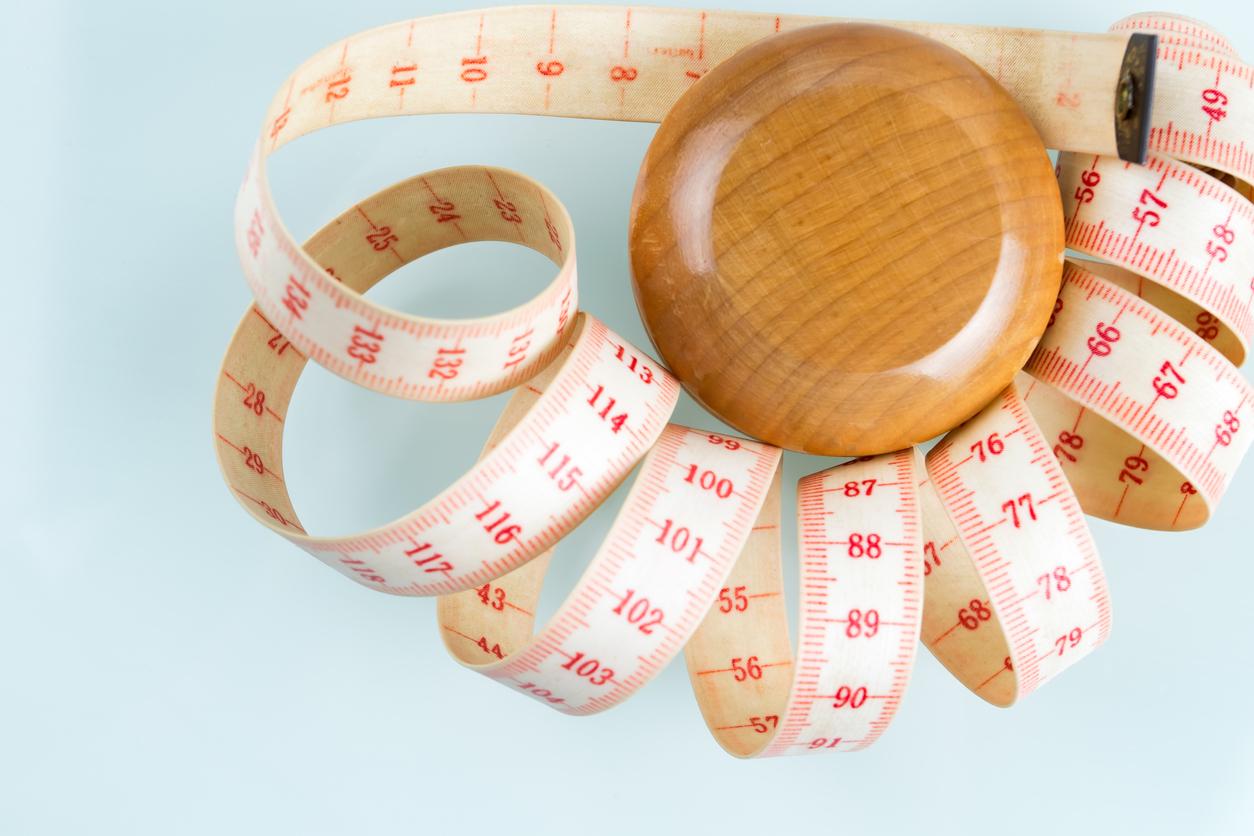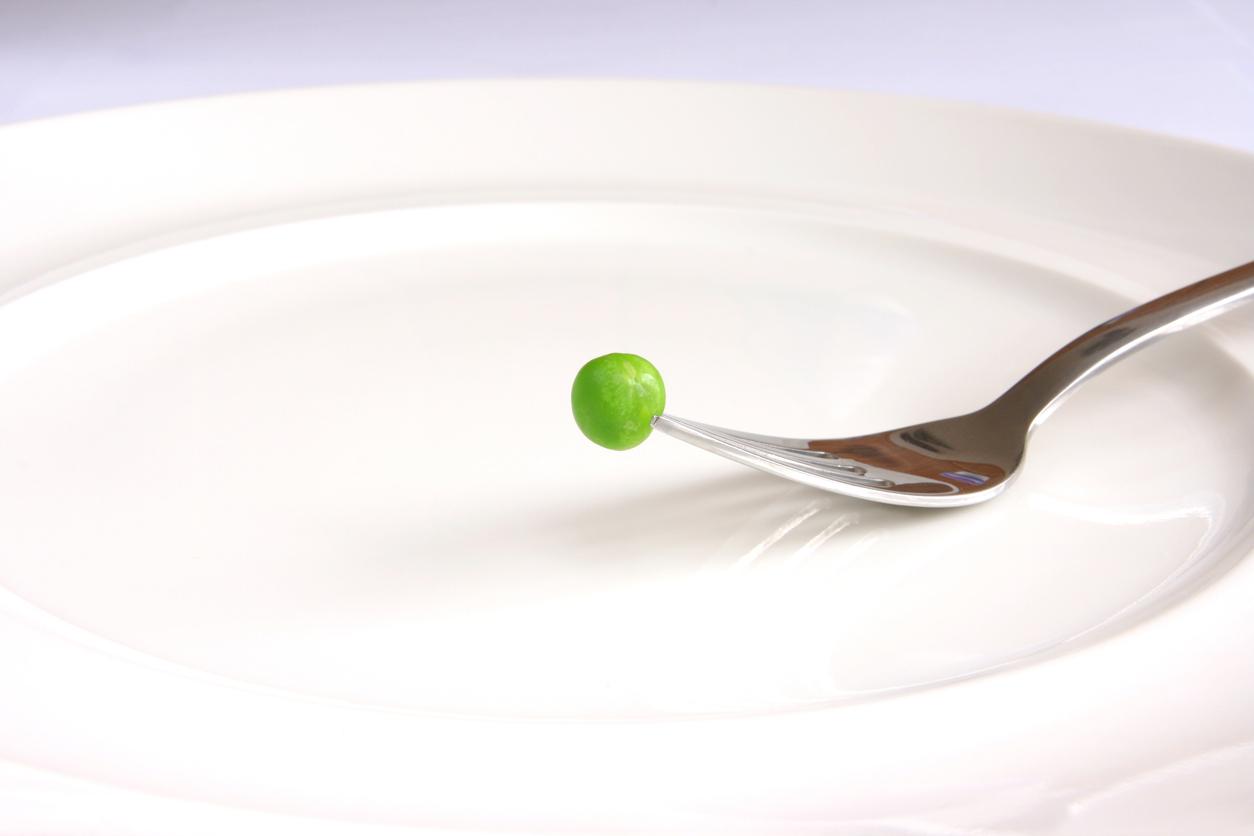Embarking on a slimming diet is not a trivial action. The reasons are often profound but we approach often the superficial problem. Food monitoring, menu ideas, control… Read what follows to get your diet off to a good start.
Before you begin, it is extremely important to draw up a very precise report of your different habits before the diet, don’t jump in blindly. Look at your cupboards, and your fridge. What do they contain? Start by discarding products that are not suitable will help you to limit temptations.
Write down all your habits!
It is important that you draw up a calorie balance of your usual diet. Write down your menus for a week or two weeks. Don’t forget snacks, snacks taken with the children…
This will help you take stock of your menu ideas and measure your daily intake. As soon as we decreases daily caloric intake of approximately 500 calories, we are sure to cause weight loss of the order of three to four kilograms per month.
It is roughly estimated that one kilogram of overweight – fats and sugars stored by the body – is equivalent to a caloric excess of 7,700 kilocalories.
Let’s imagine that you consume a little more calories every day than your body really needs. For example 100 calories too much per day, that is to say not much in reality: an apple, a tablespoon of mayonnaise or three small slices of baguette…
If this insignificant excess (100 kilocalories) in your food intake recurs daily, you will store a surplus of 3,000 calories of energy reserve each month, i.e. 36,500 kilocalories per year.
And how many kilos does it correspond to after 365 days ? 4.7 kilograms !
The small daily excess has turned into a serious overweight problem. Now taking the calculation Upside down, you get a positive outlook the same situation: if, for a year, you reduce your daily caloric intake by 100 kilocalories, you will have lost nearly five kilos without even realizing it!
Any menu ideas for me?
The diet structures and menu ideas I offer may sometimes look the same, but that’s just an appearance! They are in fact completely interactive.
Indeed, it is very important to take into account your eating habits before embarking on a diet: if you love cheese and the diet you follow absolutely prohibits it, your body and your taste buds will not last. You go get bored.
The menu ideas that are proposed are not not imposed, see no obligation. And to adapt according to your convenience, there are food equivalences. So, if you don’t like a food, you can always easily replace it with another.
If you are fond of chocolate, you can even create menus that include this delicacy at every meal. Our food preferences are guided by our childhood memories, our cultural origins… so many elements that we do not control and that we should not seek to completely modify.
Hunt the natural, it will come back at a gallop! Here is the example of yogurts. You have yoghurt horror skinny? You can replace your yoghurt with 250 g of cottage cheese or 200 milliliters of 0% skimmed milk.
Should I keep a slimming diary?
The slimming diary, or food diary, is the most useful tool of your diet, because it will allow you to keep a very objective eye on the quantities that you absorb. One slimming notebook, it’s a bit like filming your diet.
Remember what I told you at the beginning of the article: before starting a diet, write down everything you consume over 1 or 2 weeks, so you will have a nice photography of what you consume, it’s the same thing.
A experimentation took place in Denmark a few years ago: for eight days, about twenty volunteers agreed to be filmed inside an apartment, the cameras being directed at the areas where the occupants could find food.
Everything the guinea pigs put in their mouths was recorded by cameras. At the end of the experiment, the organizers asked the volunteers what they had absorbed during the week. To their surprise, the difference between what they said they ate and the reality amounted to 30 %.
Reality Vs. dietary estimates
In short, in people who could not be suspected of cheating, the awareness of what they had consumed did not in any way correspond to reality.
We will always be tempted to go back to the food we are used to, so it is essential to write down every day on a notebook what we have consumed.
Consult it when your weight has not varied for a while: you will realize that your diet or your activity has changed significantly in the days preceding the weigh-in. If it can help you and motivate you, you can also decide to have your notebook checked by a loved one. Note his physical activity, you will understand, is also a plus.
Prepare oneself to go on a diet, is to prepare for a change in eating habits. Our habits are written deep in our brains and both good and bad can come back very quickly. It is then necessary be forgiving and patient with yourself.
By doing these 3 actions: by measuring your consumption habits, by setting up menu ideas with foods you like thanks to the equivalences and by controlling what you consume with a slimming diary, you are laying the pillars of your slimming success !



















